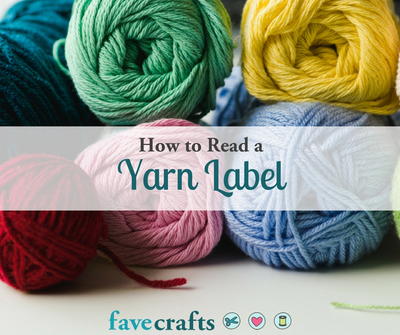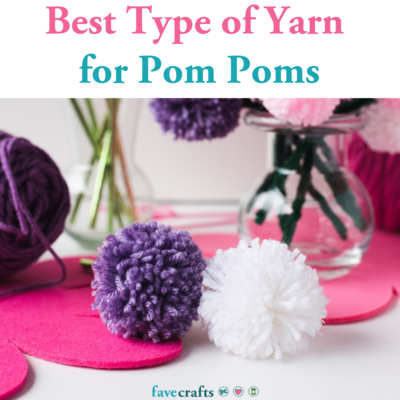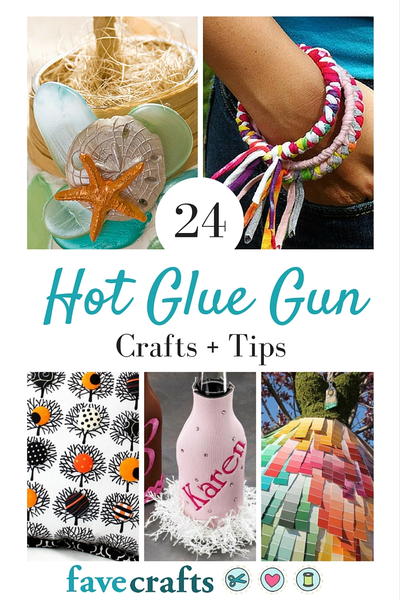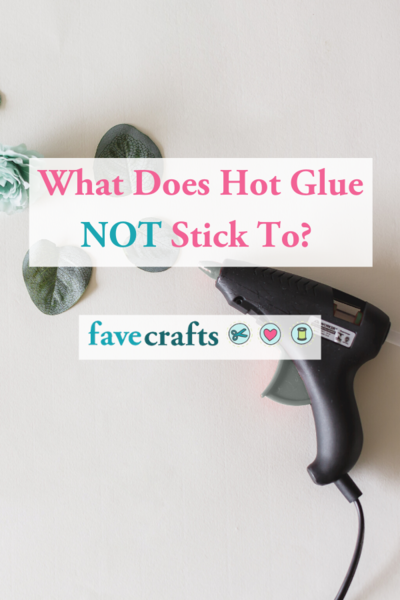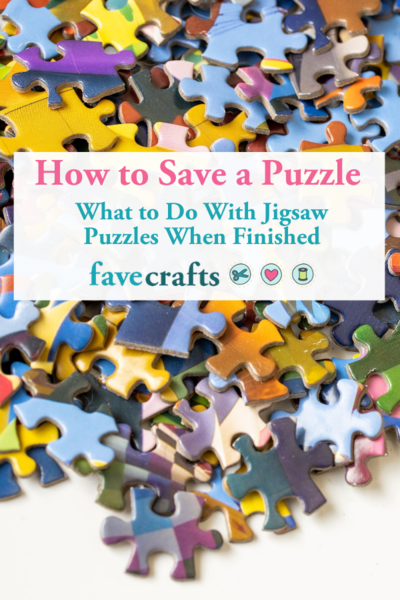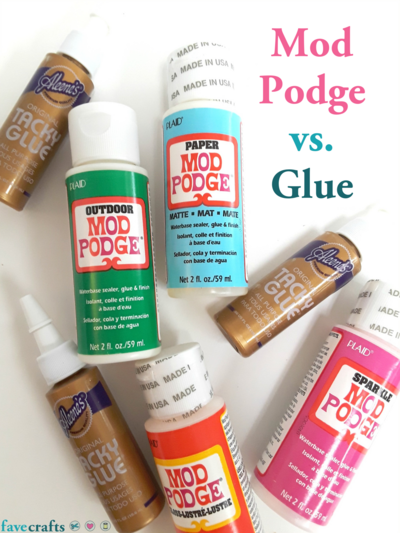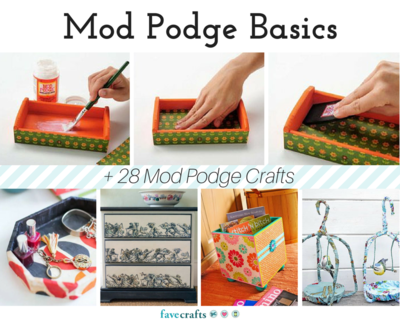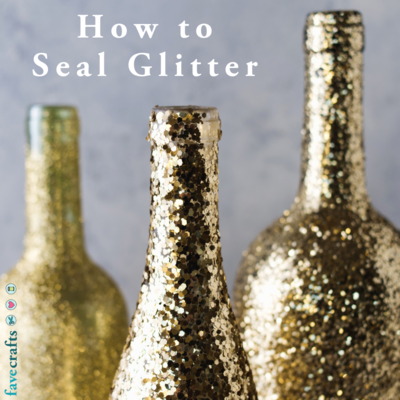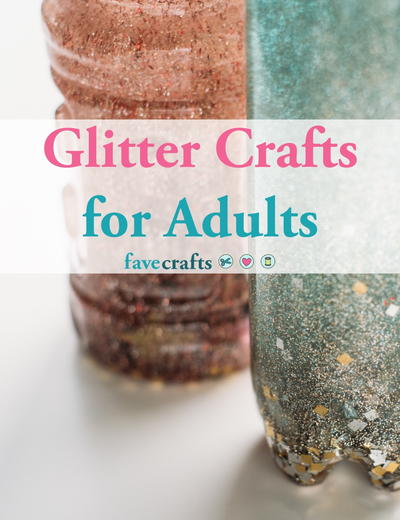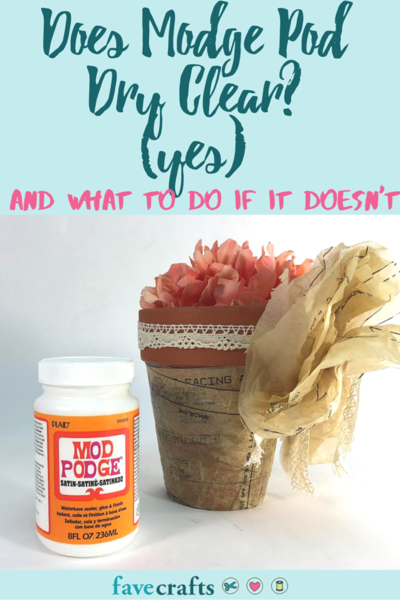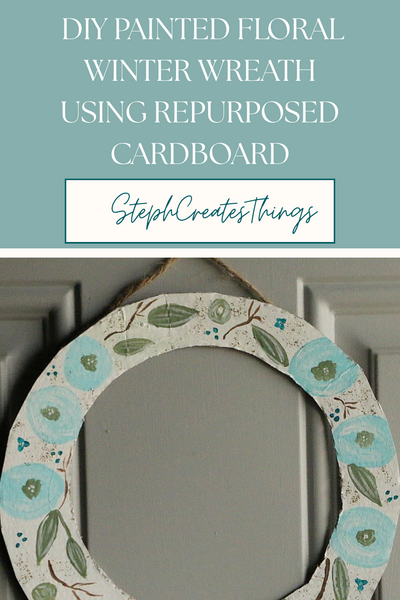How to Read a Yarn Label
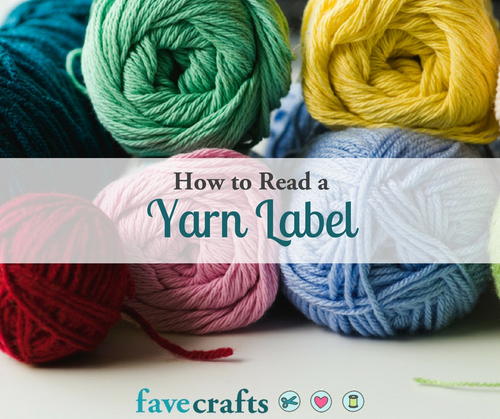
There are a lot of factors to consider when you go yarn shopping. You probably have a specific pattern or color or fiber content in mind for your next big project, and knowing how to read a yarn label makes the shopping process so much easier.
There are basically 7 parts of a yarn label that you should know -- the brand, the yarn weight, the gauge, the recommended knitting needle and crochet hook sizes, the fiber content, the yardage, and the yarn care and ironing information. Starting with the yarn weight, we go through each part step-by-step and tell you how to find this information on the yarn label and what it means for you as knitters and crocheters.
The Yarn Weight Category
There are eight basic yarn weight categories (0-7) that tell you how thick the yarn is. These categories are established by the Craft Yarn Council, and each category has a corresponding name and symbol. You'll probably find this symbol near the top of the label near the gauge information, recommended needle and hook sides, and yarn care information.

This is one of the most important parts of the yarn label to look for when you're yarn shopping. If you have a particular pattern in mind, for example, that pattern will probably require a specific weight of yarn. For beginners, starting with a pattern that's in the 4-5 weight range is a great idea as this yarn is very easy to work with.
The Gauge
The gauge of the yarn is probably the most confusing part of any yarn label. There's a lot of information to take in, abbreviations that might be unfamiliar to new knitters and crocheters, and the constant question of what is gauge and do I need to care about it?
The information about the gauge of the yarn will look something like this on the label:
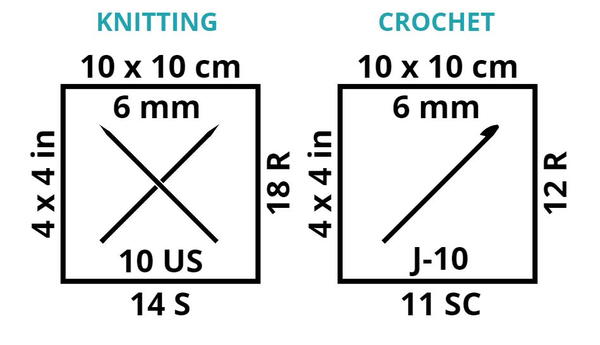
There's a lot of information to take in from these little squares. The numbers on the outside of the square give you information about the gauge that this yarn will produce; the numbers on the inside tell you the recommended hook and needle sizes. Here's what it all means:
- The number above the square (10 x 10 cm in the example above) tells you the width and height of the gauge in centimeters.
- The number to the left of the square (4 x 4 in in the example above) tells you the width and height of the gauge in inches.
Note: The numbers above and to the left of the squares are approximations; there are many factors that can affect gauge. - The number below the square (14 S and 11 SC in the example above) tells you the number of stitches that you should be able to fit into the width of the swatch that's approximated by the top and left numbers. For crochet, this figure will also tell you the particular type of stitch that should be used to calculate the gauge; in this case, it's 11 single crochet stitches.
- The number to the right of the square (18 R and 12 R in the example above) tells you the number of rows that should be able to fit into the height of the swatch that's approximated by the top and left numbers.
The Recommended Knitting Needles and Crochet Hooks
The recommended knitting needles and/or crochet hooks can typically be found inside the square that tells you the gauge of the yarn, shown above.
Knitting Needles:
In the example above, the recommended knitting needle size is 6 mm (or 10 US). You can find these by looking for the illustration of the knitting needles and looking for the numbers that are above and below it inside of the square. Typically, the number on the top will be the metric size and the bottom will be the US size. If you don't see your needle sizes on the label, use our knitting needle conversion chart to find the corresponding size that matches what's on the label.
Crochet Hooks:
Similarly to knitting needles, the information you'll need for figuring out the proper crochet hook size will be inside the square with the crochet hook. The top number will give you the metric size and the bottom number will give you the US letter and number. If you don't see your size on the label, check out our crochet hook conversion chart to find the corresponding size that matches what's on the label.
The Fiber Content
The fiber content of your yarn is one of the biggest factors that will affect the softness of your final knitted product. There is no one place where this will appear on the yarn label, but if you know the various types of yarn fiber, it should be pretty easy to find.
Here are the most common types of yarn fiber content:
- Alpaca
- Angora
- Cashmere
- Cotton
- Linen
- Merino
- Mohair
- Nylon
- Rayon
- Silk
- Synthetic
- Wool
The Yarn Length
Most patterns will tell you the amount of yarn that you'll need to complete it. Yarn will almost always be measured on the label in yards. The amount of yarn that you'll need can vary greatly based on the gauge, weight of yarn, type of project, stitch, and the tension that you personally knit or crochet with.
A Note on Lot Numbers:
Sometimes, you will have to buy more than one skein of yarn to complete a project. If you need to do this, we recommend you choose skeins from the same dye lot in order to keep the colors as consistent as possible throughout. To do this, you'll need to find the dye lot number. This is also sometimes called the "Batch Number," so if you do not see it listed as the "Dye Lot Number," try looking for that instead.
Don't know how much yarn you'll need? Check out this tutorial from our friends at AllFreeCrochet on how to calculate yarn yardage.
The Yarn Care and Ironing Information
Taking care of your yarn after your project is complete is essential for maintaining the quality of the fabric over time. Your yarn label will tell you how to care for and wash your yarn with the symbols below.
Click here to download this infographic
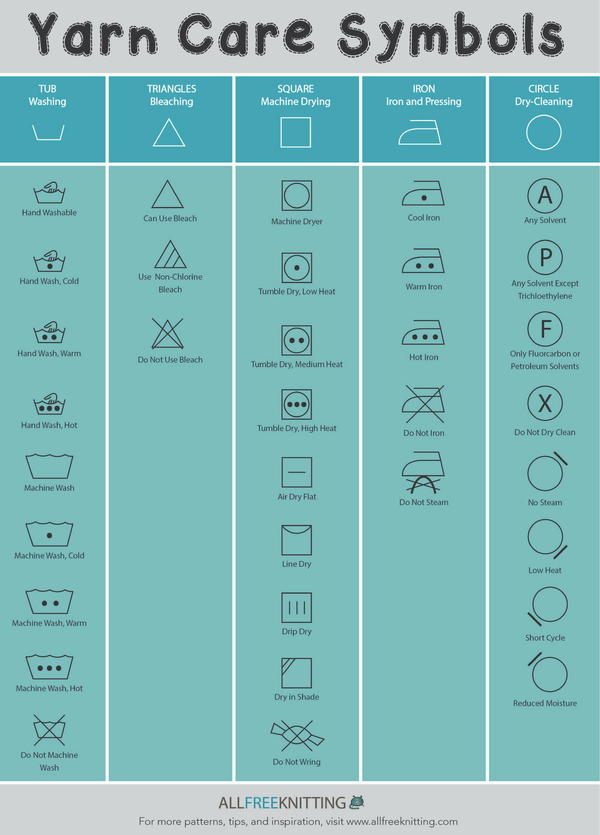
Your Recently Viewed Projects
Mark
Mar 14, 2018
So helpful! I had no idea what all of those numbers meant in the gauge squares
Report Inappropriate Comment
Are you sure you would like to report this comment? It will be flagged for our moderators to take action.
Thank you for taking the time to improve the content on our site.

